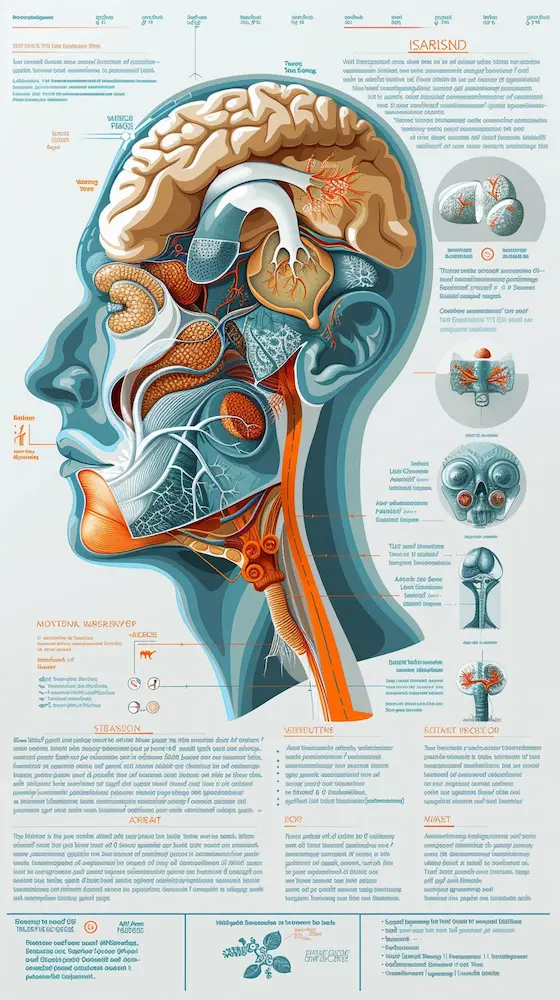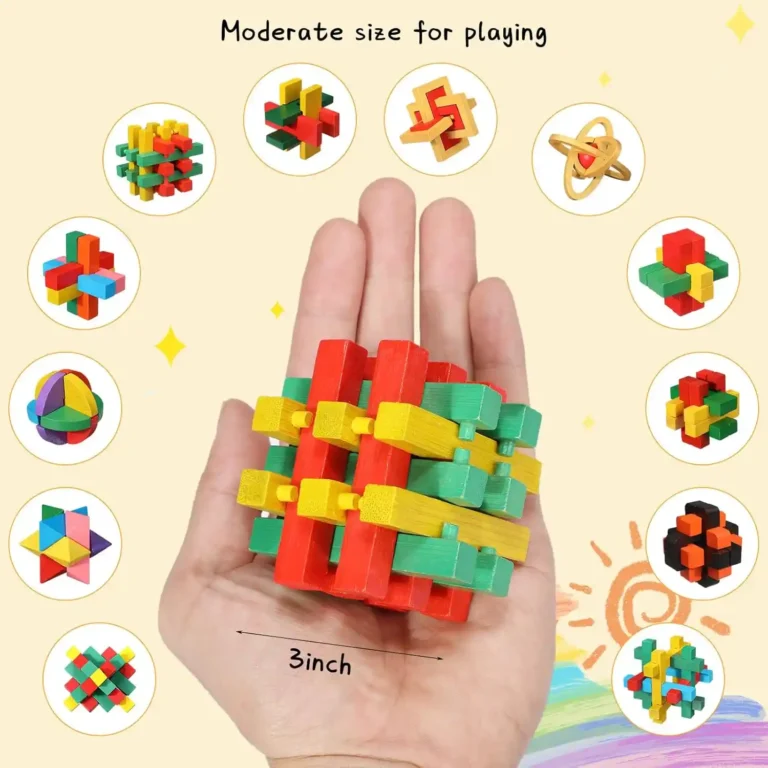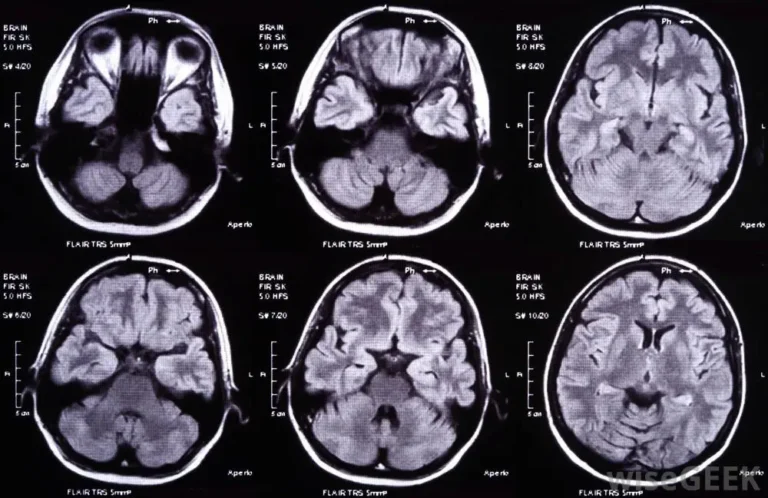Critical thinking is an essential skill that allows individuals to analyze information, evaluate arguments, and make informed decisions.
In a world filled with information overload, honing this skill can significantly enhance your ability to navigate complex situations.
This article will explore 10 critical thinking exercises designed to improve your decision-making skills, helping you become a more effective thinker and problem solver.
Why Critical Thinking Matters
Critical thinking is not just about being smart; it involves a set of skills that can be developed and refined over time.
Here are a few reasons why critical thinking is crucial:
- Informed Decision-Making: Critical thinking allows you to evaluate options and make choices based on evidence rather than assumptions.
- Problem Solving: It equips you with the tools to analyze problems, identify potential solutions, and implement effective strategies.
- Effective Communication: Strong critical thinking skills improve your ability to articulate your thoughts clearly and persuasively.
- Adaptability: In a rapidly changing world, critical thinkers can adapt their strategies based on new information and changing circumstances.
1. The Socratic Method
Description: The Socratic Method involves asking a series of questions to stimulate critical thinking and illuminate ideas.
This technique encourages deeper understanding and challenges assumptions.
How to Practice:
- Choose a topic of interest.
- Ask open-ended questions that promote discussion.
- Encourage others to respond and ask follow-up questions.
Example: If discussing climate change, start with questions like, “What evidence supports climate change?” or “How do different policies impact the environment?”
2. Mind Mapping
Description: Mind mapping is a visual tool that helps organize thoughts and ideas around a central concept.
This technique encourages creativity and allows you to see connections between different ideas.
How to Practice:
- Start with a central idea in the middle of a page.
- Branch out with related ideas, using lines to connect them.
- Continue expanding the map with sub-ideas and details.
Example: Create a mind map for a project, outlining key components, resources needed, and potential challenges.
3. The Five Whys
Description: The Five Whys is a problem-solving technique that involves asking “why” multiple times to identify the root cause of an issue.
This method helps uncover underlying problems rather than just addressing symptoms.
How to Practice:
- Identify a problem you want to solve.
- Ask “why” the problem exists and write down the answer.
- Continue asking “why” for each subsequent answer until you reach the root cause.
Example: If a project is behind schedule, ask:
- Why is it behind schedule? (Resources were insufficient.)
- Why were resources insufficient? (Budget cuts occurred.)
- Why did budget cuts happen? (The project was not prioritized.)
- Why was it not prioritized? (Management focused on other projects.)
- Why did management focus on other projects? (Lack of clear communication about project importance.)
4. Role Reversal
Description: Role reversal involves taking on the perspective of another person to understand their reasoning and arguments better.
This exercise encourages empathy and helps identify potential biases in your thinking.
How to Practice:
- Choose a topic with opposing viewpoints.
- Argue the opposing side as if you genuinely believe it.
- Reflect on how this perspective changes your understanding of the issue.
Example: If you support renewable energy, argue from the perspective of those who favor fossil fuels, considering their concerns and reasoning.
5. Case Studies
Description: Analyzing case studies allows you to explore real-world scenarios and apply critical thinking to solve complex problems.
This method helps develop analytical skills and encourages practical application of theoretical knowledge.
How to Practice:
- Select a case study relevant to your field or interests.
- Analyze the situation, identifying key issues, stakeholders, and potential solutions.
- Discuss your findings with others to gain different perspectives.
Example: Examine a business case study about a company that faced a public relations crisis.
Analyze how they handled the situation and what could have been done differently.
6. Group Discussions
Description: Engaging in group discussions fosters collaboration and exposes you to diverse viewpoints.
This exercise encourages critical thinking by challenging your ideas and assumptions.
How to Practice:
- Organize a discussion group around a relevant topic.
- Set ground rules for respectful dialogue and active listening.
- Encourage participants to share their perspectives and challenge each other’s ideas.
Example: Discuss a controversial topic, such as social media’s impact on society, and explore various viewpoints and evidence.
7. Decision-Making Scenarios
Description: Creating hypothetical decision-making scenarios allows you to practice critical thinking in a controlled environment.
This exercise helps you evaluate options and consider potential outcomes.
How to Practice:
- Develop a scenario that requires a decision (e.g., launching a new product).
- List possible options and their pros and cons.
- Discuss the potential consequences of each choice.
Example: Create a scenario where a company must decide between expanding into a new market or investing in product development.
Analyze the risks and benefits of each option.
8. Journaling
Description: Keeping a journal allows you to reflect on your thoughts, decisions, and experiences.
This practice encourages self-awareness and helps identify patterns in your thinking.
How to Practice:
- Set aside time each day or week to write in your journal.
- Reflect on decisions you made, challenges you faced, and what you learned.
- Consider how you approached problems and whether you used critical thinking skills.
Example: Write about a recent decision you made, detailing the thought process behind it and any logical fallacies you might have encountered.
9. Analyzing Arguments
Description: Analyzing arguments involves breaking down claims to evaluate their validity and soundness.
This exercise helps you develop critical thinking skills by examining the structure of arguments.
How to Practice:
- Choose an article or speech that presents an argument.
- Identify the main claim and supporting evidence.
- Evaluate the logic and identify any logical fallacies present.
Example: Analyze a political speech, identifying the main arguments and any fallacies used to persuade the audience.
10. Creative Problem Solving
Description: Engaging in creative problem-solving exercises encourages innovative thinking and the exploration of unconventional solutions.
This approach fosters flexibility in your thinking and helps you approach problems from different angles.
How to Practice:
- Identify a problem you want to solve.
- Brainstorm multiple solutions, no matter how unconventional.
- Evaluate each solution for feasibility and potential impact.
Example: If facing a challenge in your workplace, brainstorm creative solutions that may not be immediately obvious, such as implementing a new technology or changing workflows.
Table: Summary of Critical Thinking Exercises
| Exercise | Description | Purpose |
|---|---|---|
| Socratic Method | Asking questions to stimulate critical thinking | Deepens understanding and challenges assumptions |
| Mind Mapping | Visual tool to organize thoughts | Encourages creativity and shows connections |
| The Five Whys | Asking “why” multiple times to find root causes | Identifies underlying problems |
| Role Reversal | Taking on another’s perspective | Enhances empathy and understanding of opposing arguments |
| Case Studies | Analyzing real-world scenarios | Applies critical thinking to practical situations |
| Group Discussions | Engaging in dialogue with others | Fosters collaboration and diverse viewpoints |
| Decision-Making Scenarios | Creating hypothetical situations | Evaluates options and potential outcomes |
| Journaling | Reflecting on thoughts and experiences | Encourages self-awareness and identifies thinking patterns |
| Analyzing Arguments | Breaking down claims for evaluation | Develops skills to identify logical fallacies |
| Creative Problem Solving | Brainstorming unconventional solutions | Fosters innovative thinking and flexibility |
FAQs About Critical Thinking Exercises
What are critical thinking exercises?
Critical thinking exercises are activities designed to enhance reasoning, analysis, and decision-making skills.
Why are critical thinking exercises important?
These exercises improve your ability to evaluate arguments, make informed decisions, and communicate effectively.
How can I practice critical thinking daily?
Incorporate exercises like journaling, analyzing arguments, and engaging in discussions into your daily routine.
Can critical thinking be learned?
Yes, critical thinking skills can be developed and refined through practice and education.
What role does creativity play in critical thinking?
Creativity enhances problem-solving abilities and encourages innovative approaches to complex issues.
Are there specific resources for improving critical thinking?
Many books, online courses, and educational websites focus on critical thinking and reasoning skills.
How can I identify logical fallacies in arguments?
Look for errors in reasoning, such as personal attacks, exaggerations, or irrelevant information.
Can critical thinking help in my career?
Yes, strong critical thinking skills are highly valued in many professions, improving decision-making and problem-solving.
What are some common barriers to critical thinking?
Common barriers include cognitive biases, emotional reasoning, and lack of information.
How can group discussions enhance critical thinking?
Group discussions expose you to diverse viewpoints and encourage collaborative problem-solving.
Conclusion
Engaging in critical thinking exercises is essential for improving your decision-making skills.
By practicing these exercises, you can enhance your ability to analyze information, evaluate arguments, and make informed choices.
In a world where effective communication and sound reasoning are paramount, developing critical thinking skills can significantly impact your personal and professional life.
Hey there!
If you found this article helpful, consider sharing it with friends or colleagues who might benefit from improving their critical thinking skills.



